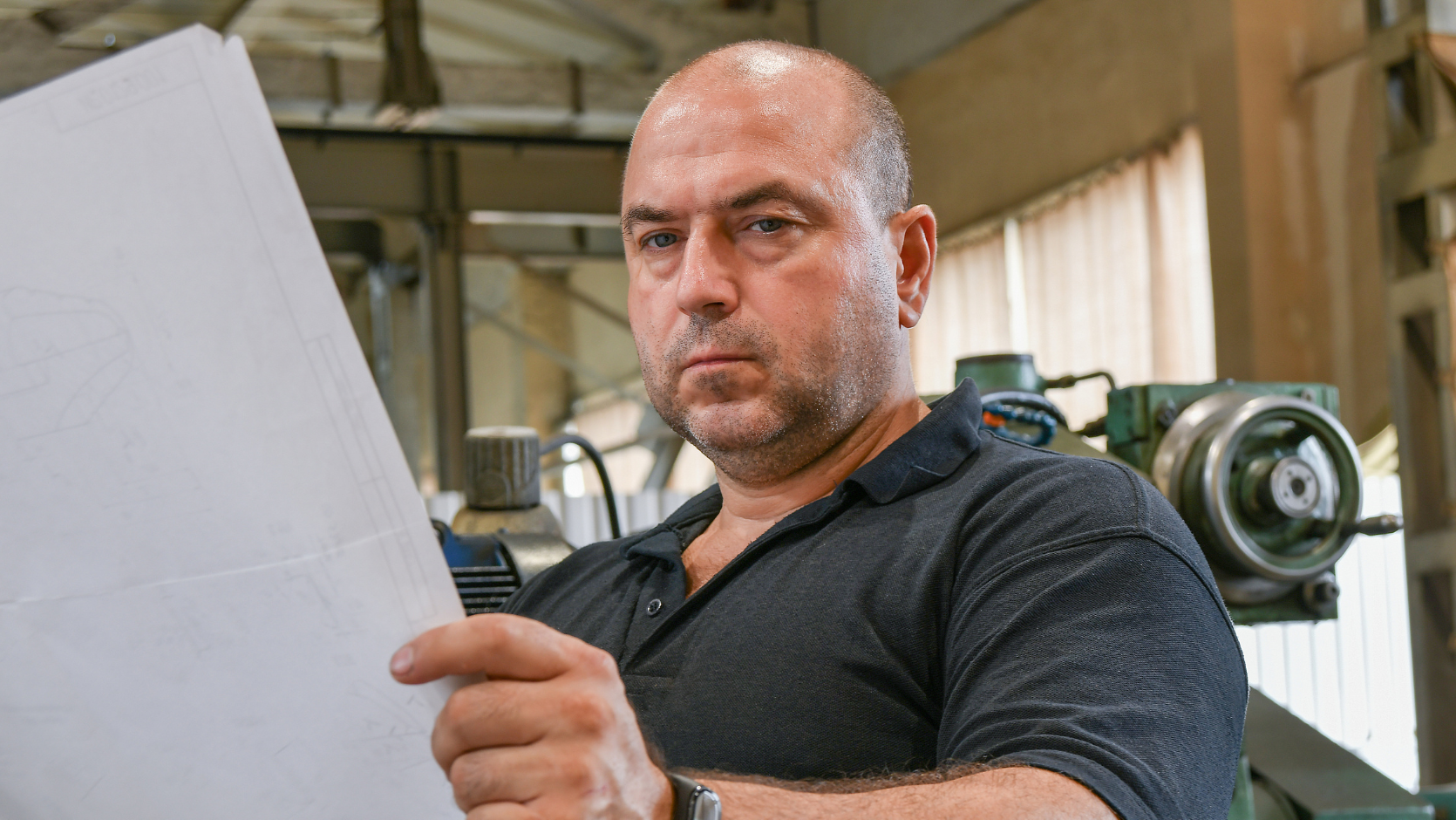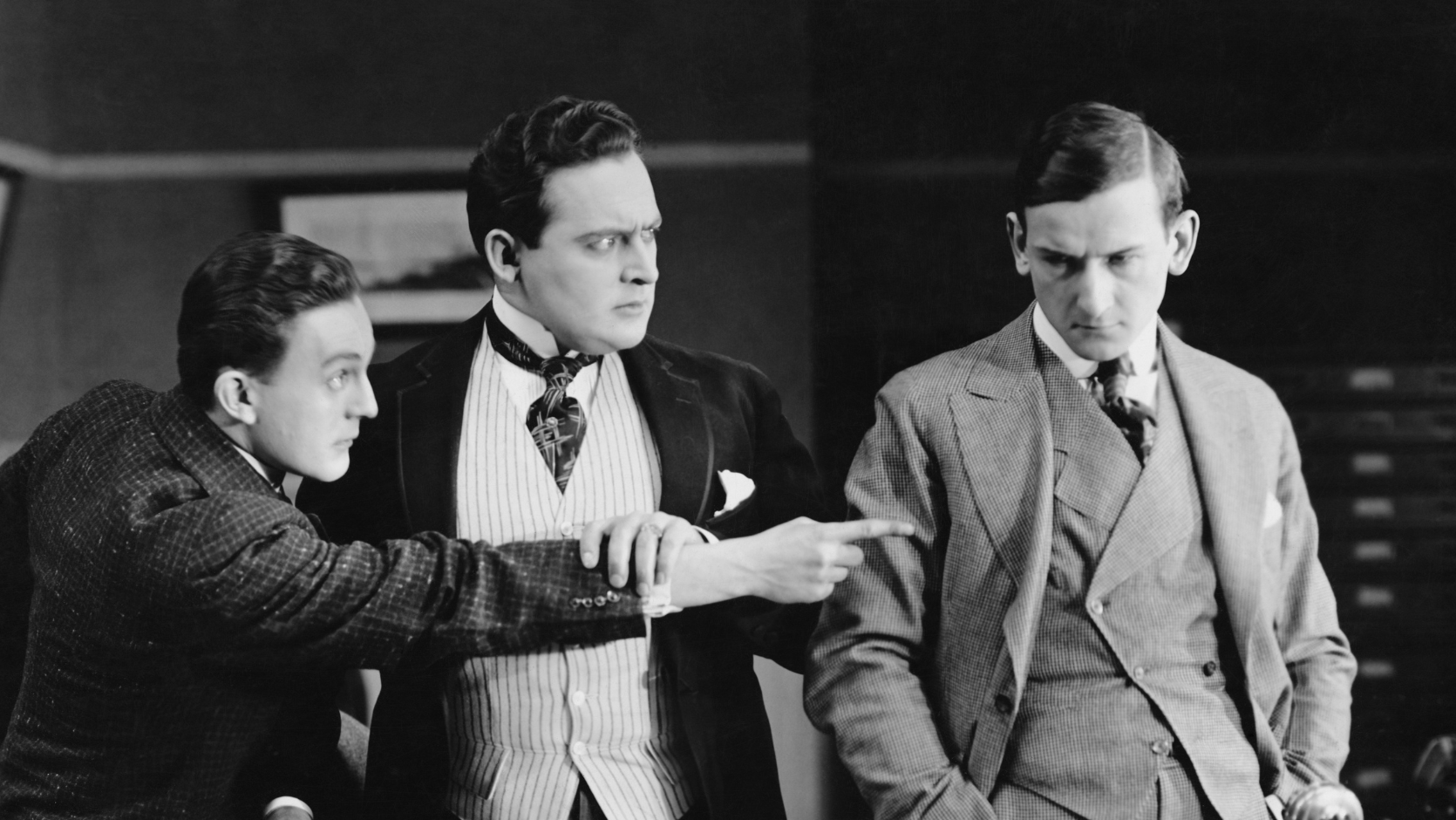The Facts
Man struck and injured by cyclist in uniform of courier company
On 22 December 1994 as he was leaving a building in Sydney, a man stepped onto the footpath, was struck by a cyclist and knocked to the ground.
He sustained a knee injury and required surgery.
He also suffered a period where he was unfit for work and was left with a 25% permanent deficit in his knee.
The cyclist, who had gone over the handlebars of his bicycle in the collision, stood up, said: “Sorry mate” and left the scene.
His identity remains unknown. However, what is known is that he was wearing a uniform emblazoned with the name of a courier business.
Injured man sues courier business for negligence and case goes to High Court
The injured man sued the courier business for negligence in the NSW District Court, seeking approximately $175,000 in damages.
When the District Court ruled against the injured man, he appealed to the NSW Court of Appeal.
When the Court of Appeal dismissed his appeal, he appealed to the High Court of Australia.
In the High Court, the question to be decided was whether the courier company had vicarious liability for the negligence of the unknown bicycle courier. This turned on whether the bicycle courier was an employee of the courier business, or an independent contractor.














Expert commentary on the court's decision
High Court rules in favour of injured man
In Hollis v Vabu Pty Ltd [2001] HCA 44, the High Court of Australia ruled in favour of the injured man, Mr Gary Hollis.
The High Court found that the bicycle courier was an employee of the courier company, Vabu Pty Ltd, trading as Crisis Couriers. Therefore the business had vicarious liability for the bicycle courier’s negligence.
Employers are vicariously liable for negligent acts of their employees
The High Court noted that it has long been accepted that an employer is vicariously liable for the tortious acts of an employee (ie wrongful acts leading to legal liability), but that a principal is not liable for the tortious acts of an independent contractor.
Bicycle courier was an employee
Based on a number of factors, the High Court concluded that the bicycle courier was an employee of Crisis Couriers.
These included that the bicycle couriers represented themselves as “Crisis Couriers” in public.
Also, Crisis Couriers had considerable scope for the actual exercise of control over the couriers. Crisis Couriers’ whole business consisted of the delivery of documents and parcels by means of couriers, and the business retained control over both work allocation and the manner in which deliveries were made.
The court also found that although the bicycle couriers were required to provide their own equipment, this was not contrary to the existence of an employment relationship.
Further, in the court’s view, “a bicycle courier is unable to make an independent career as a freelancer… [and the] notion that the couriers somehow were running their own enterprise is intuitively unsound”.
Recent High Court cases take legal analysis further
Whether a person is an employee or an independent contractor can have far-reaching consequences, as was the case here, where the answer resulted in Crisis Couriers having vicarious liability for the bicycle courier’s negligence.
In two recent cases, the High Court has taken a further step in the evolution of the law on this subject. These cases are ZG Operations Australia Pty Ltd v Jamsek [2022] HCA 2, and Construction, Forestry, Maritime, Mining and Energy Union v Personnel Contracting Pty Ltd [2022] HCA 1.
For more information about these two High Court cases, please see our May 2022 article Independent contractor or employee? Why it’s a bit of a legal circus.
For more information on vicarious liability, please see Institutions can be vicariously liable for sexual abuse.
For more information on negligence, please see “I was only injured because of the company’s negligence.” Which case won?